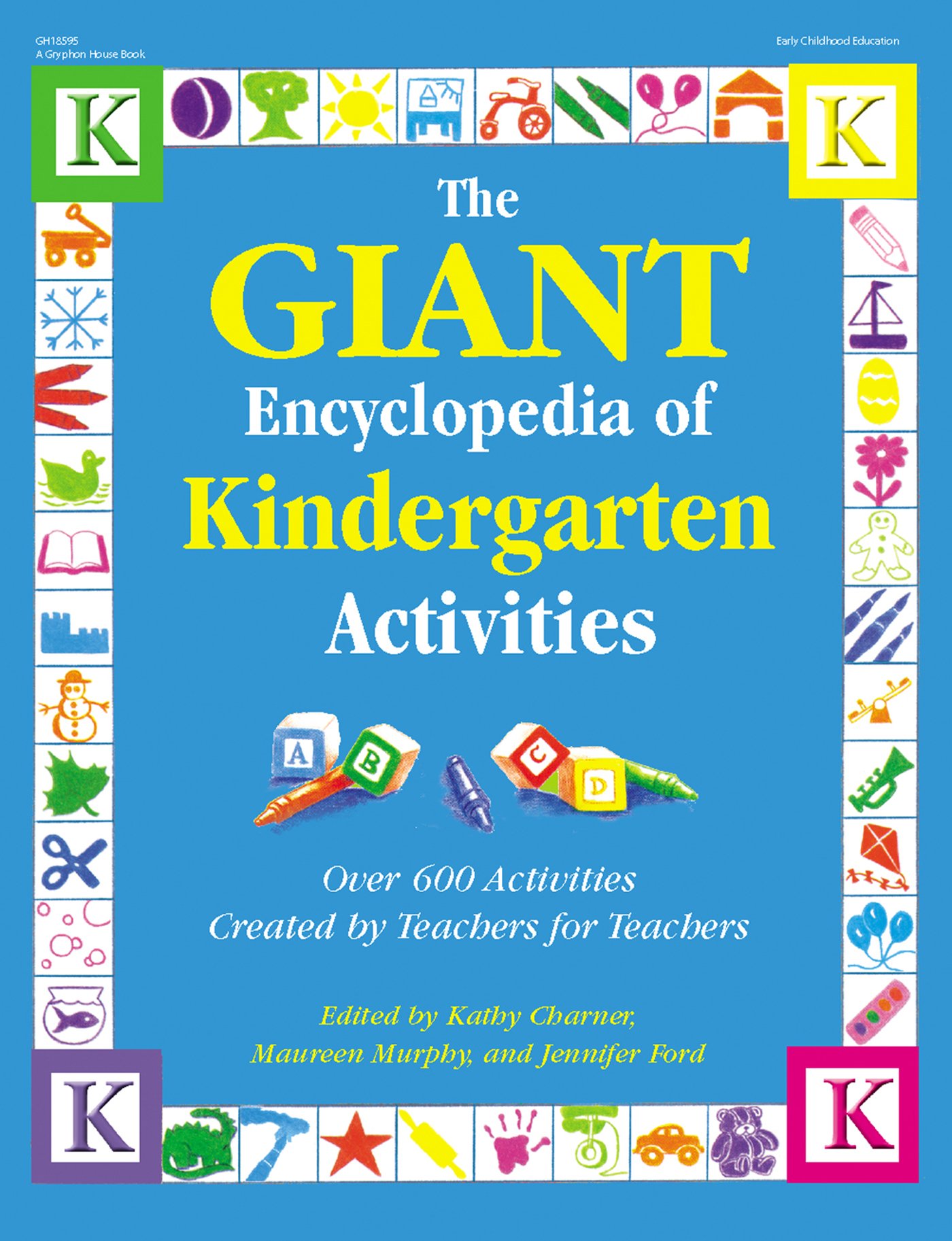Materials
See activity below (each station requires different materials)
Instructions
1. Have Water Day! Ask parents to send their children to school wearing bathing suits and sunscreen, and to bring towels.
2. Set up the following stations around the room for children to explore.
3. Station A: Have a bucket of assorted objects that sink or float, a deep pan of water, and two trays labeled "sink" and "float." Encourage the children to make predictions about whether an object will sink or float. They test their guess by putting the object in the water and then they place it on the appropriate tray. Ask them to look for trends (wood and wax float, metal andstone sink, and so on).
4. Station B: Place toy sailboats at one end of the sand and water table or a long (under the bed storage) plastic container. Encourage the children to blow through drinking straws to propel the boats to the other end. Have races.
5. Station C: Put a deep pan of water, a plastic single-section microwave dinner dish, and some small stones in this station. Encourage the children to make predictions about how many stones the dish will hold before sinking. Test the hypothesis. "Does the placement of the stones affect the outcome?" "What about the size of the stones?"6. Station D: Have a large container of water, assorted cups, funnels, sieves, colanders, and scoops for the children to play with at this station. Encourage them to measure, pour, and fill. "Can different shaped containers hold the same amount of water?" "Does a funnel help when filling small openings?" "Can you make the water stay in a sieve?"7. Station E: Provide buckets of water and large paintbrushes. Let the children paint the walls, sidewalks, and blacktop with water. "Does it look different?" "Do areas in the sun dry at a different rate than areas in the shade?"8. Station F: Fill clean, empty dishwashing soap bottles with water and replace lids. Line up empty, plastic bottles on a low table or bench. Show the children how to use the soap bottles to squirt water at the objects to knock them off the table. "How far away can you stand and still reach the targets?"9. Station G: Soak some chalk in water and keep some dry. Encourage the children to draw with wet and dry chalk on black construction paper. Note the appearance of the colors and how the chalks glide or drag. "Which is easier?" "What happens to the drawing when it dries?"
